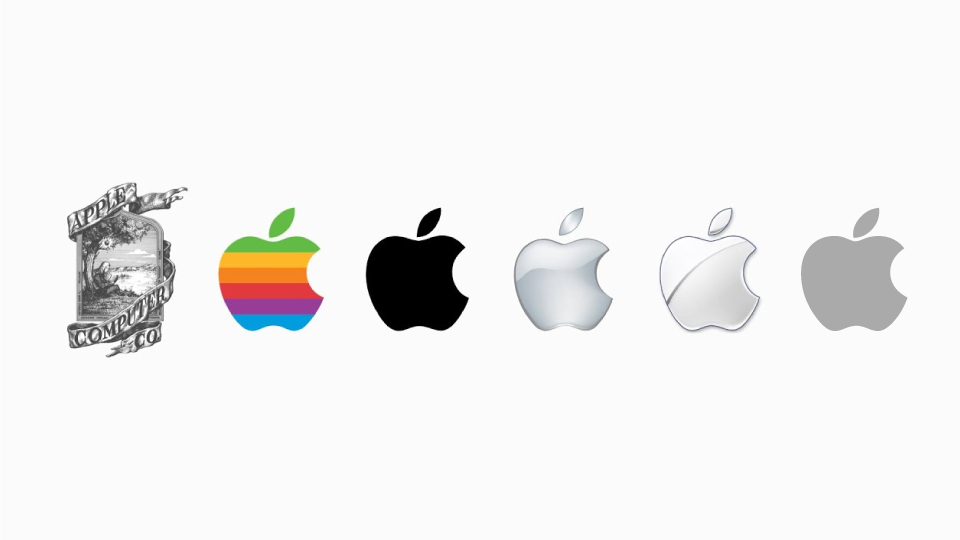Introduction
In the rapidly evolving business landscape of 2024, branding has become more crucial than ever. With competition intensifying across industries and consumers becoming more discerning, understanding what branding truly entails and why it matters can be the difference between thriving and merely surviving. Branding isn’t just about logos, slogans, or advertising; it’s about crafting a distinct identity that resonates deeply with your target audience. This blog will delve into the essence of branding, explore its evolution, and explain why it remains a cornerstone of business success in 2024.

What is Branding?
Branding is the process of creating a unique identity for a company or product in the minds of customers. It encompasses everything from the visual elements like logos and color schemes to the tone of voice used in communication, the values a company stands for, and the overall experience customers have with the brand.
In its simplest form, branding is about differentiation. It’s what sets a company apart from its competitors and gives it a unique position in the market. However, in today’s complex marketplace, branding goes beyond just differentiation. It’s about creating an emotional connection with consumers, building trust, and fostering loyalty. A strong brand is one that customers not only recognise but also feel a connection with, making them more likely to choose that brand over others.

The Evolution of Branding
Branding has come a long way from its early days. Originally, a brand was simply a mark of ownership, to identify livestock or stamped onto products to signify who made them. Over time, as businesses began to grow and compete with one another, the concept of branding evolved to include more than just a name or logo. It became a way to communicate the values, personality, and promises of a company.
In the 20th century, branding took on new significance as mass media like television and radio made it possible to reach large audiences. Companies began to use branding not just to identify their products but to create an emotional connection with consumers. Advertising campaigns were developed to convey a brand’s personality, values, and promises. This was the era of iconic brands like Coca-Cola, Apple, and Nike, whose branding strategies helped them to dominate their markets.

As we moved into the digital age, the concept of branding expanded even further. The rise of the internet, social media, and e-commerce has transformed how brands interact with their audiences. Branding is no longer a one-way communication; it’s a dialogue between the brand and its consumers. Brands are expected to be more transparent, authentic, and responsive than ever before.
In 2024, branding is not just about standing out in the marketplace; it’s about staying relevant in a world where consumer preferences and expectations are constantly evolving. This evolution of branding means that companies must continually innovate and adapt to maintain their competitive edge.
Why is Branding Important in 2024?
Branding has always been important, but in 2024, its significance has reached new heights. Here are some key reasons why branding remains vital:
1. Differentiation in a Competitive Market
With the proliferation of products and services in nearly every industry, standing out has become increasingly difficult. Consumers are bombarded with choices, making it harder for any single brand to capture and retain their attention. A strong brand provides a clear point of differentiation, making it easier for consumers to identify and choose your product over others. Whether it’s through unique design, a compelling brand story, or exceptional customer service, branding helps you carve out a distinct space in the market.
2. Building Customer Loyalty
Branding goes beyond attracting customers; it’s about retaining them. A compelling brand creates an emotional connection with consumers, which fosters loyalty. In 2024, where consumers have endless options at their fingertips, loyalty is more valuable than ever. A strong brand makes customers feel understood and appreciated, encouraging them to return time and again. This loyalty translates into repeat business, positive word-of-mouth, and a stronger market position.
3. Establishing Trust and Credibility
In an age of information overload and scepticism, consumers are more cautious about the brands they choose to support. Consistent and transparent branding helps build trust and credibility with your audience. When a brand consistently delivers on its promises, it establishes itself as a reliable and trustworthy entity in the eyes of consumers. This trust is crucial for long-term success, as it leads to deeper customer relationships and a more resilient brand reputation.
4. Enhancing Employee Engagement
A strong brand doesn’t just impact customers; it also resonates within the company. Employees who identify with their company’s brand are more likely to be engaged, motivated, and aligned with the company’s mission. In 2024, where company culture and employee satisfaction are critical to attracting and retaining top talent, a well-defined brand can serve as a powerful tool for fostering a positive work environment. Employees become brand ambassadors, promoting the brand’s values and helping to maintain its integrity across all touchpoints.
5. Facilitating Strategic Growth
A strong brand provides a solid foundation for growth. Whether it’s entering new markets, launching new products, or expanding services, a well-established brand makes it easier to introduce new offerings to the market. Consumers are more likely to trust and embrace new products or services from a brand they already know and love. This can lead to quicker adoption and a smoother path to growth.
The Components of a Strong Brand
Building a strong brand involves several key components, each of which plays a crucial role in shaping how the brand is perceived by the public.
1. Visual Identity
The visual identity of a brand includes all the visual elements that represent the brand, such as logos, colour schemes, typography, and overall design aesthetics. These elements are often the first thing that consumers notice, and they play a significant role in creating a lasting impression. In 2024, with so much emphasis on visual content across digital platforms, a compelling visual identity is more important than ever.
2. Brand Voice and Messaging
The way a brand communicates with its audience is a critical component of its overall identity. Brand voice and messaging refer to the tone, language, and style used in all forms of communication, from social media posts to customer service interactions. A consistent and authentic brand voice helps to reinforce the brand’s identity and values, making it more relatable and memorable to consumers.
3. Customer Experience
Every interaction a customer has with a brand contributes to their overall perception of the brand. This includes everything from the ease of navigating the company’s website to the quality of customer service and the experience of using the product or service. A positive customer experience is essential for building a strong brand in 2024, as consumers have come to expect seamless, personalised, and satisfying interactions at every touchpoint.
4. Brand Values
Brand values are the principles and beliefs that a brand stands for. These values should be clearly defined and consistently communicated, both internally and externally. In 2024, consumers are increasingly looking to support brands that align with their own values, whether that’s a commitment to sustainability, social responsibility, or innovation. A brand that stays true to its values can build stronger, more meaningful connections with its audience.
How to Build a Strong Brand in 2024
Building a strong brand in 2024 requires a strategic approach that considers both the evolving market dynamics and the changing expectations of consumers. Here are some key steps to building a successful brand:
1. Know Your Audience
Understanding your target market is essential for building a brand that resonates. This involves conducting market research to gain insights into your audience’s preferences, needs, and behaviours. By knowing your audience, you can tailor your branding efforts to better meet their expectations and create a more relevant and appealing brand.
2. Consistency is Key
Consistency is crucial for building a strong brand. This means ensuring that all aspects of your branding, from visual identity to messaging and customer experience, are aligned and consistent across all channels and touchpoints. Consistency helps to reinforce your brand’s identity and makes it more recognisable to consumers.
3. Embrace Innovation
In a rapidly changing world, brands that stay ahead of the curve are the ones that succeed. Embracing new technologies, trends, and ideas can help your brand remain relevant and competitive in 2024. This might involve adopting new digital platforms, experimenting with innovative marketing strategies, or continuously improving your products and services.
4. Focus on Authenticity
In 2024, authenticity is more important than ever. Consumers are looking for brands that are genuine, transparent, and true to their values. Building an authentic brand means being honest in your communications, delivering on your promises, and staying true to your brand’s mission and values.
The Future of Branding
As we look to the future, the landscape of branding is set to evolve further. Several trends are likely to shape the future of branding in 2024 and beyond:
- Technology and Innovation: Emerging technologies like artificial intelligence and augmented reality are expected to play a significant role in branding. These technologies will offer more ways for brands to engage with consumers and create more personalised and immersive experiences.
- Sustainability and Social Responsibility: Consumers are increasingly holding brands accountable for their impact on the environment and society. Brands that prioritise sustainability and social responsibility are likely to resonate more with consumers and gain a competitive edge.
- Consumer-Centric Branding: The future of branding will be increasingly consumer-centric, with a focus on personalisation, customisation, and creating unique, tailored experiences for each customer.
Conclusion
As we navigate through 2024, the importance of branding cannot be overstated. It’s not just about creating a memorable logo or a catchy slogan; it’s about crafting a unique identity that resonates with your audience, builds trust, and drives long-term success. In an era where consumers have more choices and higher expectations than ever before, investing in strong, consistent, and authentic branding is essential for any company looking to thrive. Brands that can successfully adapt to the changing landscape, embrace innovation, and stay true to their core values will be the ones that stand out and succeed in the years to come.




